Entry Category: Physical Geography
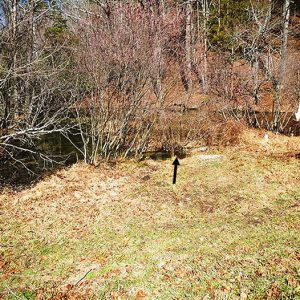 Abernathy Spring
Abernathy Spring
 Abernathy Spring
Abernathy Spring
Antoine River
Arkansas River
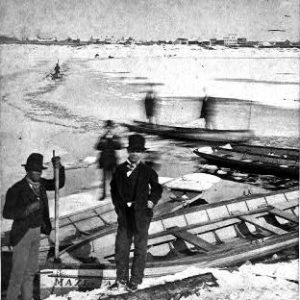 Arkansas River
Arkansas River
 Barge
Barge
Bayou Bartholomew
Bayou Meto
 Bear Creek Recreation Area
Bear Creek Recreation Area
 Bear Creek Recreation Area
Bear Creek Recreation Area
 Black Fork Creek
Black Fork Creek
Beaver Dam and Lake
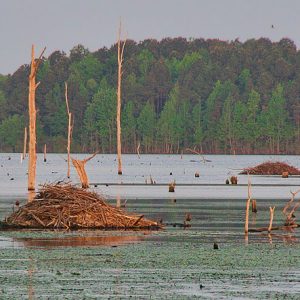 Beaver Lodges at Columbia Lake
Beaver Lodges at Columbia Lake
 Beckham Creek Cave
Beckham Creek Cave
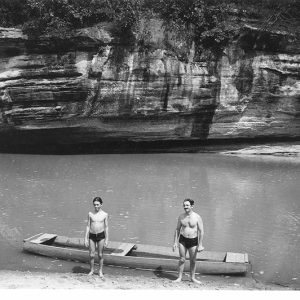 Thomas Hart Benton and Son
Thomas Hart Benton and Son
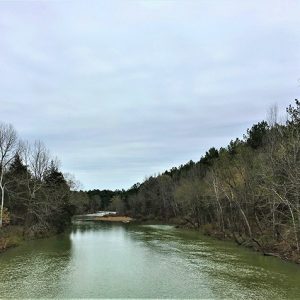 Big Cedar Creek
Big Cedar Creek
Big Chalybeate Spring
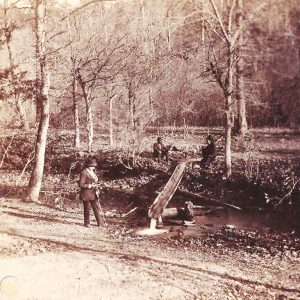 Big Chalybeate Spring
Big Chalybeate Spring
Big Island
aka: Montgomery Island
 Big Piney Creek Waterfall
Big Piney Creek Waterfall
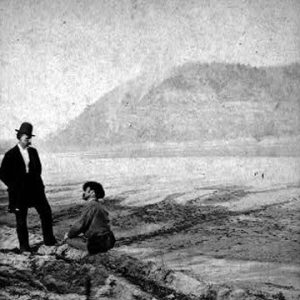 Big Rock
Big Rock
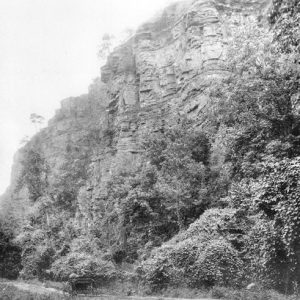 Big Rock
Big Rock
Black River
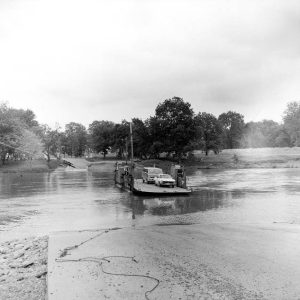 Black River Ferry
Black River Ferry
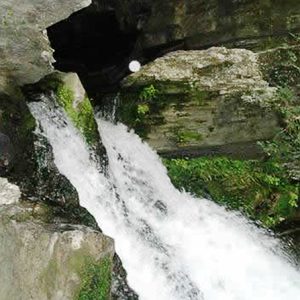 Blanchard Springs Discharge
Blanchard Springs Discharge
Blue Mountain Dam and Lake
 Blues Highway
Blues Highway
Boston Mountains
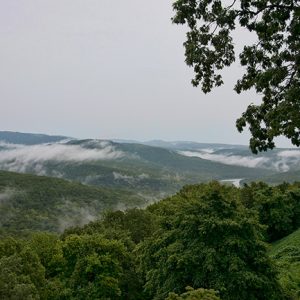 Boston Mountains
Boston Mountains
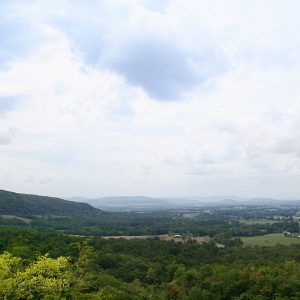 Boston Mountains
Boston Mountains
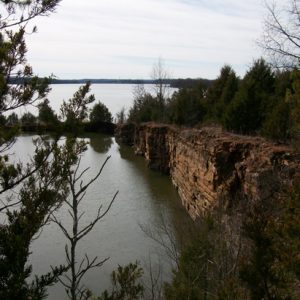 Brewer Lake
Brewer Lake
Buffalo Island
Buffalo National River
aka: Buffalo River
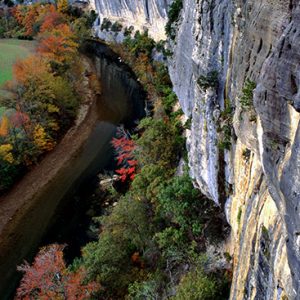 Buffalo River
Buffalo River
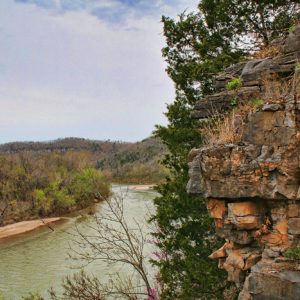 Buffalo River
Buffalo River
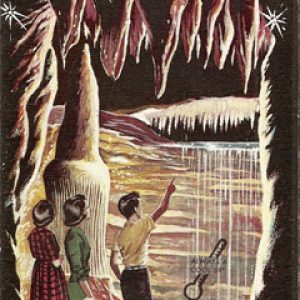 Bull Shoals Caverns Brochure
Bull Shoals Caverns Brochure
Cache River
Caddo River
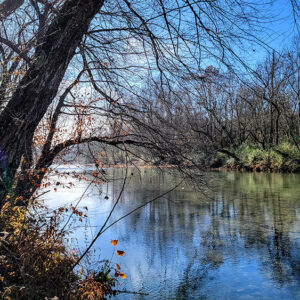 Caddo River
Caddo River
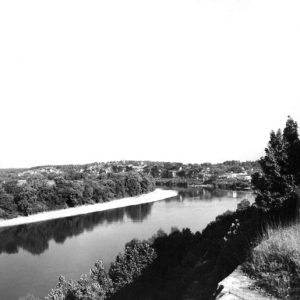 Calico Rock
Calico Rock
 Cameron Bluff
Cameron Bluff
Caves and Caverns
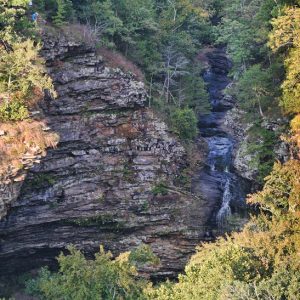 Cedar Falls
Cedar Falls
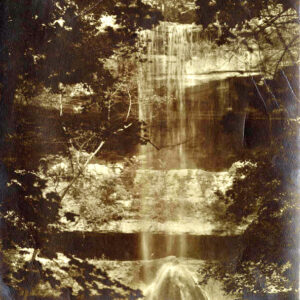 Clifty Creek Falls
Clifty Creek Falls
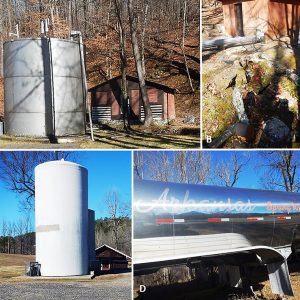 Commercial Springs
Commercial Springs
Cossatot River
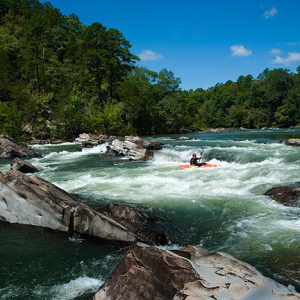 Cossatot River
Cossatot River
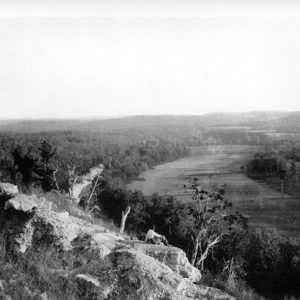 Crooked Creek
Crooked Creek
 Crooked Creek
Crooked Creek




